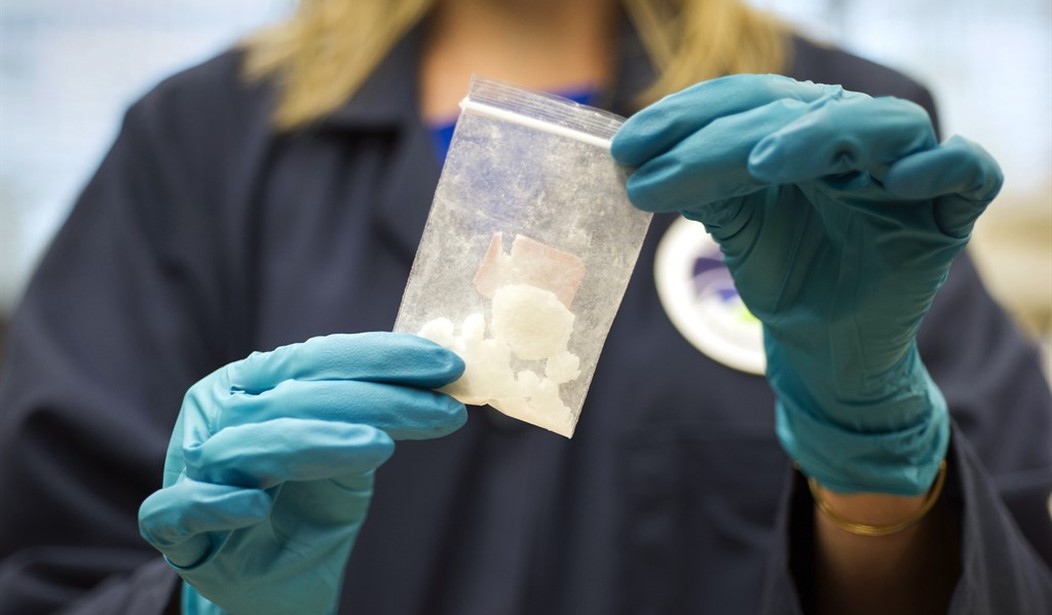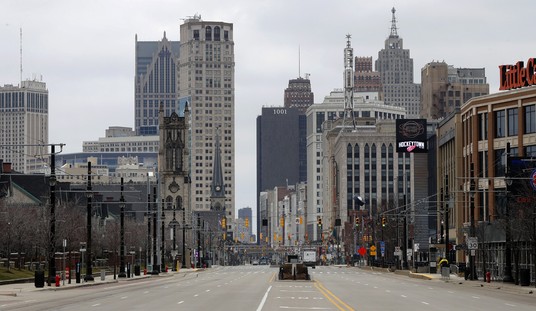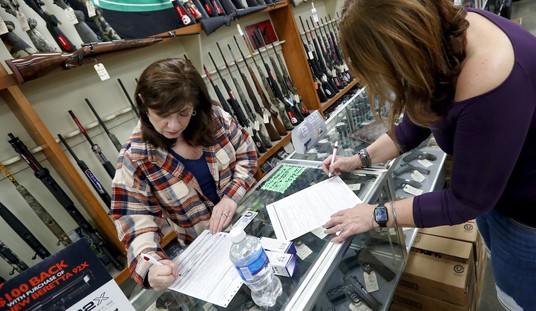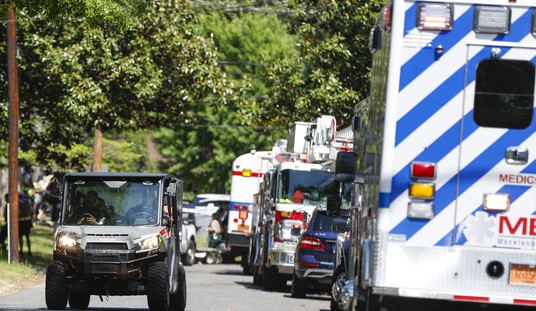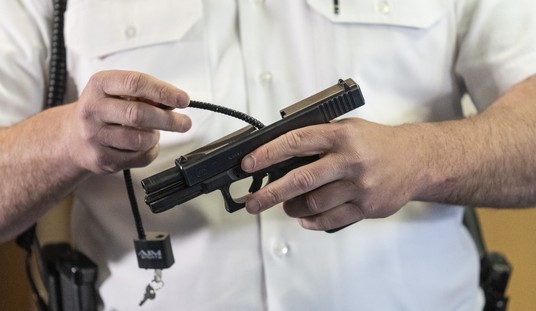Listening to New York Gov. Kathy Hochul, NYC Mayor Eric Adams, and other top Democratic officials across the state, it’s easy to get the impression that “gun violence” (and guns themselves) is the biggest problem facing New Yorkers. Lawmakers have successfully adopted a number of new gun control measures this year, including sweeping restrictions on the right to carry after the Supreme Court struck down the state’s “good cause” requirement several weeks ago, and politicians like Hochul and Adams have been vocal about their plans to protect New Yorkers from themselves by continuing to make it nearly impossible to lawfully carry a firearm for self-defense.
While New York Democrats are laser-focused on cracking down on legal gun owners exercising their Second Amendment rights, however, they’re largely ignoring the illegal drugs that are killing far more New Yorkers than individuals armed with a gun. Take what’s going on right now in Onondaga County, for example.
Onondaga County is seeing a significant spike in opioid overdoses, including at least 14 overdoses that occurred over a 24-hour period Monday, according to the county Health Department.
The department reported its overdose tracking system shows there has been a rise in overdose activity over the past two months. The tracking system gathers data about overdoses from first responders.
The department did not say if any of the overdoses Monday were fatal.
The spike appears to be linked to increased amounts of fentanyl in the drug supply, the health department said.
… Opioid overdoses killed 186 Onondaga County residents in 2021, a record high. The county saw another 36 opioid deaths in the first three months of 2022.
186 deaths last year from opioid overdoses alone. In Syracuse, the county seat of Onondaga County, there were 47 opioid overdose deaths in the first three months of 2021, far more than the 32 homicides the city recorded throughout the entirety of last year.
Cities big and small are seeing the same pattern. In New York City last year there were 485 homicides; an increase of 4% compared to 2020. At the same time the city recorded more than 2,500 opioid overdose deaths; a 17% increase over 2020.
Despite those grim figures, Mayor Adams has hardly talked at all about the spiraling overdose death rate in New York City, and Hochul has been just as mum. In fact, the most recent news story that I could find featuring the words “Hochul” and “opioid” is a story from mid-July in the Albany Times-Union that’s actually about complaints by drug overdose prevention advocates that the state of New York isn’t listening to them about how the state should spend its share of a 2019 settlement reached with drug makers, despite a state law requiring them to have a seat at the table.
Based on a recently passed law, the 21 board members were to be consulted for recommendations before the state allocated any of the estimated $208 million poured into the Opioid Settlement Fund, advocates said.The breakdown occurred even after members of the settlement board wrote a letter to Gov. Kathy Hochul in early April urging her to activate and convene the newly established group so it could provide recommendations on how the state spends money received as part of opioid litigation settlements.The letter signed by 13 members of the board requested that the state Office of Addiction Services and Supports (OASAS) convene the group before settlement money was spent. They noted the request was urgent due to the governor’s plan to spend $265 million in settlement funds in the 2022-23 state budget.“Convening the board will allow us to fulfill our legal duty to provide recommendations on how funding received by the state shall be allocated by the Legislature,” the letter had stated.About two hours into last month’s meeting, however, it became apparent to the members that’s not the case and their role had been sidestepped.Peggy O’Shea, the state’s chief budget examiner, said the agency already had allocated a significant chunk of the money, a decision that was reached by that office, the Executive Chamber and both houses of the Legislature. O’Shea said the decision was made to prevent a delay in entities receiving funding.“So what are we here for?” asked Avi Israel, president and founder of Save the Michaels of the World, an organization founded after the death of his 20-year-old son, who died of suicide in 2011 after suffering from a prescription pain pill addiction.
Honestly, it sounds like Israel and other members of the advisory board are there as window dressing, with Hochul and New York Democrats deciding for themselves how to spend the hundreds of millions of dollars in settlement funds.
These illegal drug sales aren’t just killing thousands of New Yorkers directly, they’re also fueling the “gun violence” that Hochul, Adams, and others have used as an excuse to crack down on the state’s legal gun owners. You don’t have to take my word for it either. Here’s what NYPD Commissioner Keechant Sewell had to say just a few days ago in announcing charges against sixteen members of the Own Every Dollar gang in New York.
“These individuals lived by a brutal code of street violence – where firearms were recklessly pulled out and indiscriminately fired, where innocent lives were disregarded, where families and neighborhoods were traumatized and torn apart. Now they will no longer be able to terrorize New Yorkers. And make no mistake: Organized groups like this do terrorize. They sow fear and disorder, and they show zero respect for the lives of the people who reside and work in the neighborhoods where they wreak havoc. The vast resources and untiring efforts of the NYPD and our law enforcement partners, across multiple agencies, are concentrated on the nexus of gangs, guns, and drugs that drive much of the crime in New York City. And all the people we serve are safer today because of our collaboration.”
Even Sewell focused on the “indiscriminately fired” guns used by the gang members and not the indiscriminately sold opioids. Granted, the defendants are accused of five murders and more than a dozen shootings over the past four years, but if they were really the major players in dealing drugs that prosecutors claim they were, then they’re also likely responsible for dozens, if not hundreds, of overdoses during that same time period.
Sewell is right that the nexus of gangs, drugs, and guns are driving much of the crime in New York City (and New York State), but that doesn’t explain why New York Democrats are focused almost exclusively on guns and legal gun owners. Instead of targeting those New Yorkers trying to lawfully exercise their right to keep and bear arms, Hochul and her liberal allies should be doing everything in their power to disrupt the drug trafficking networks that are killing thousands of New Yorkers each and every year.

